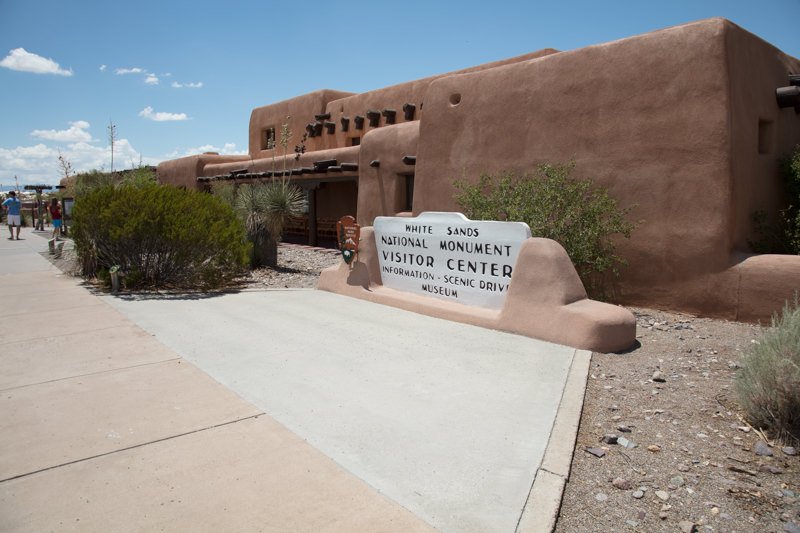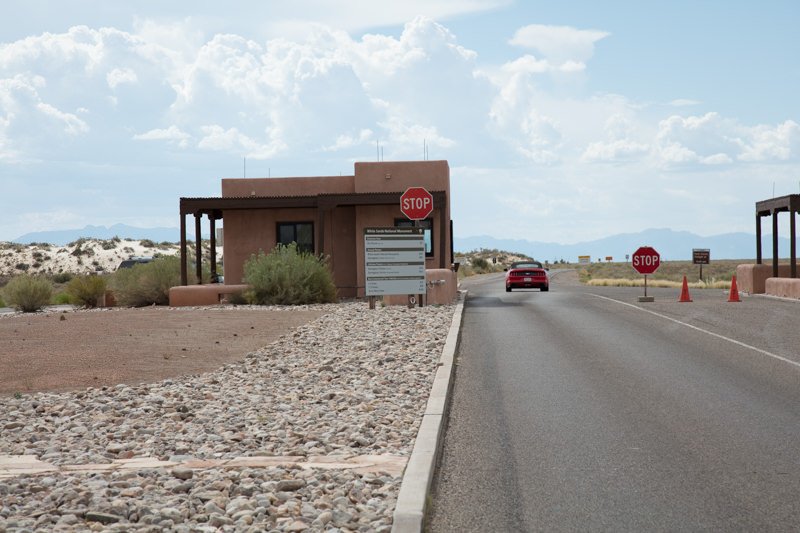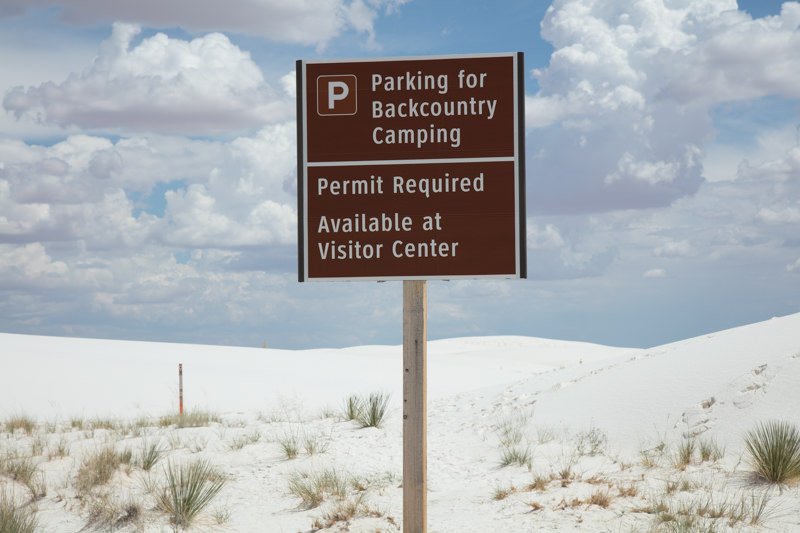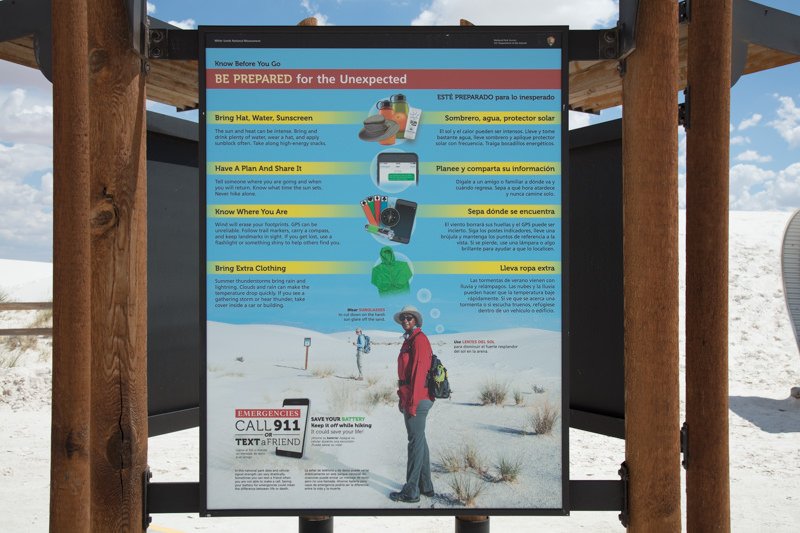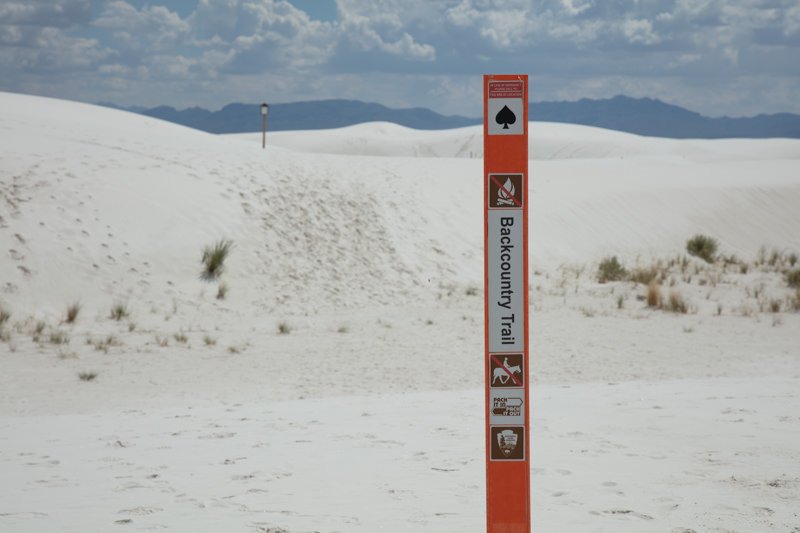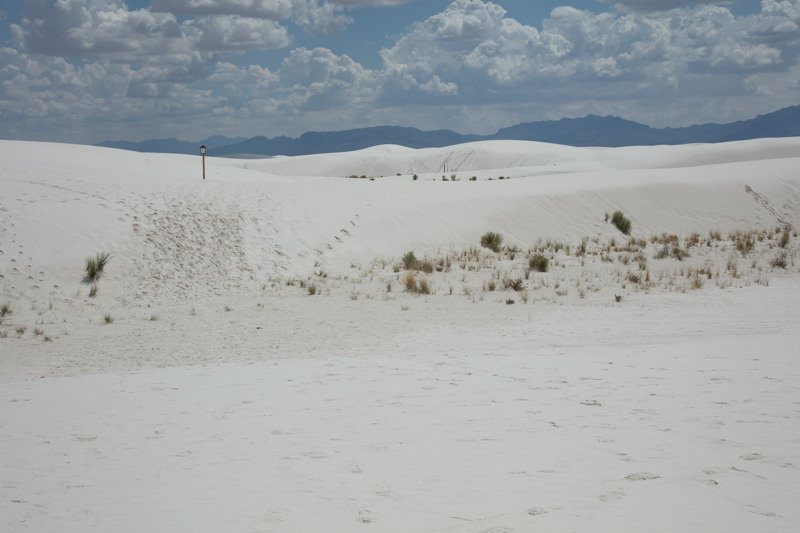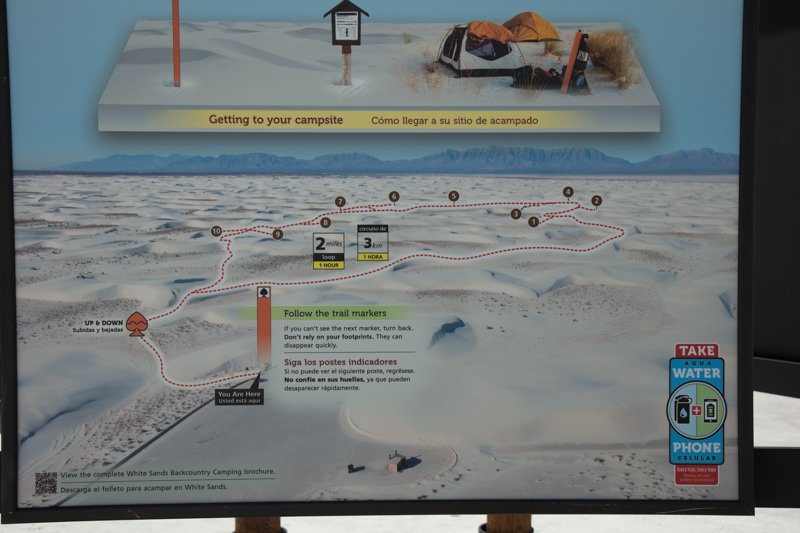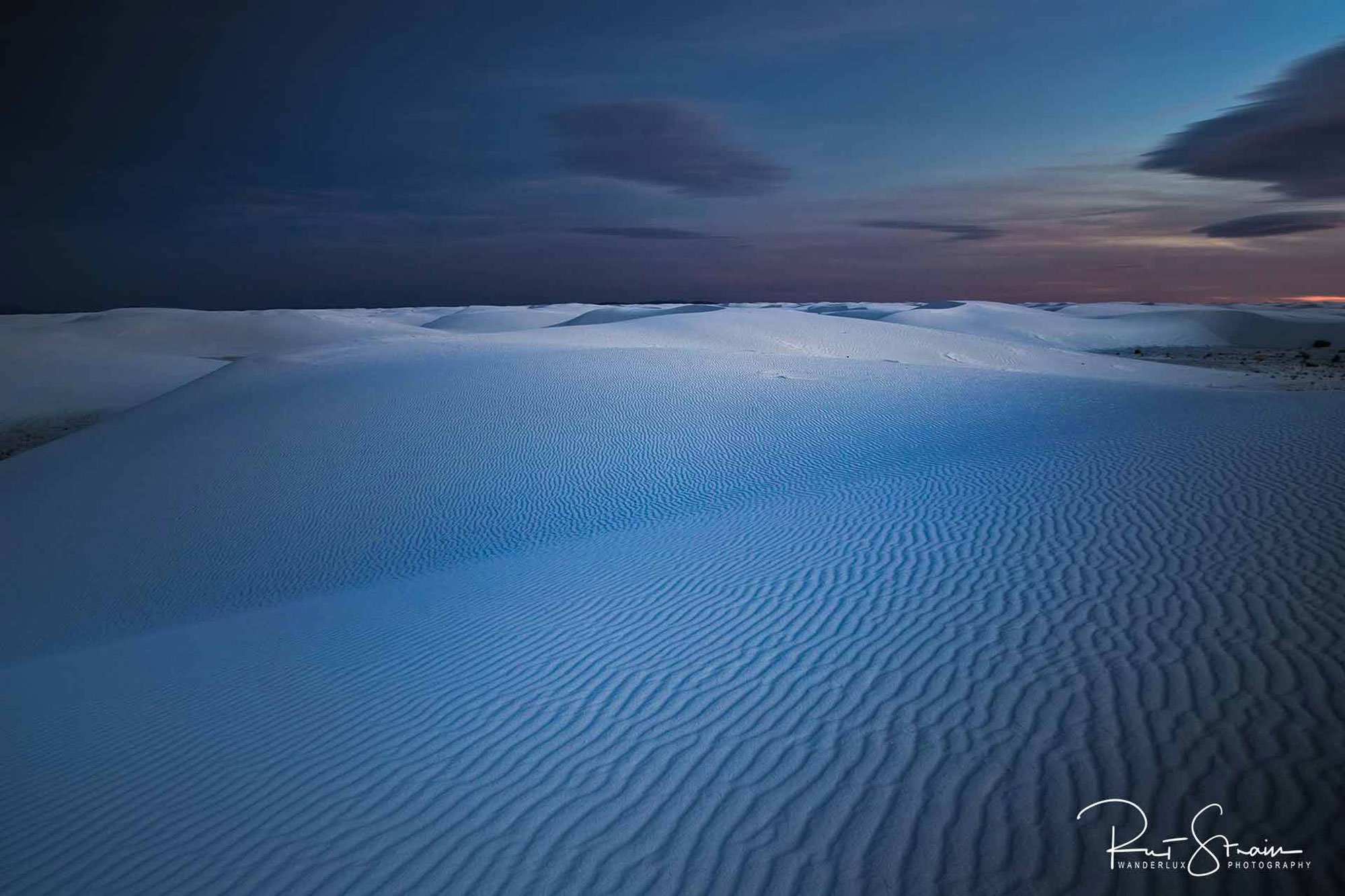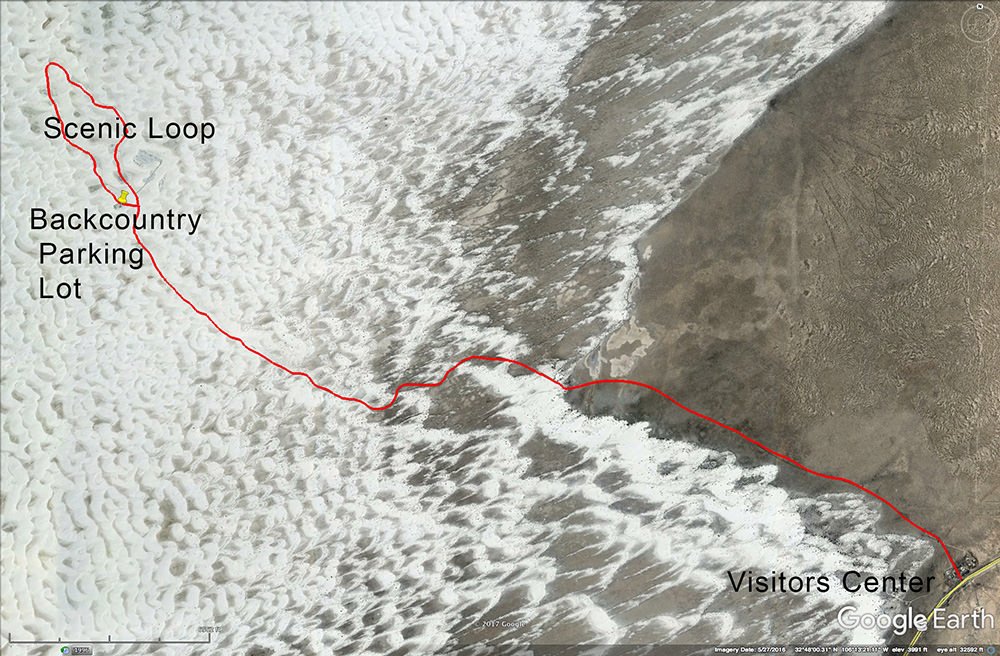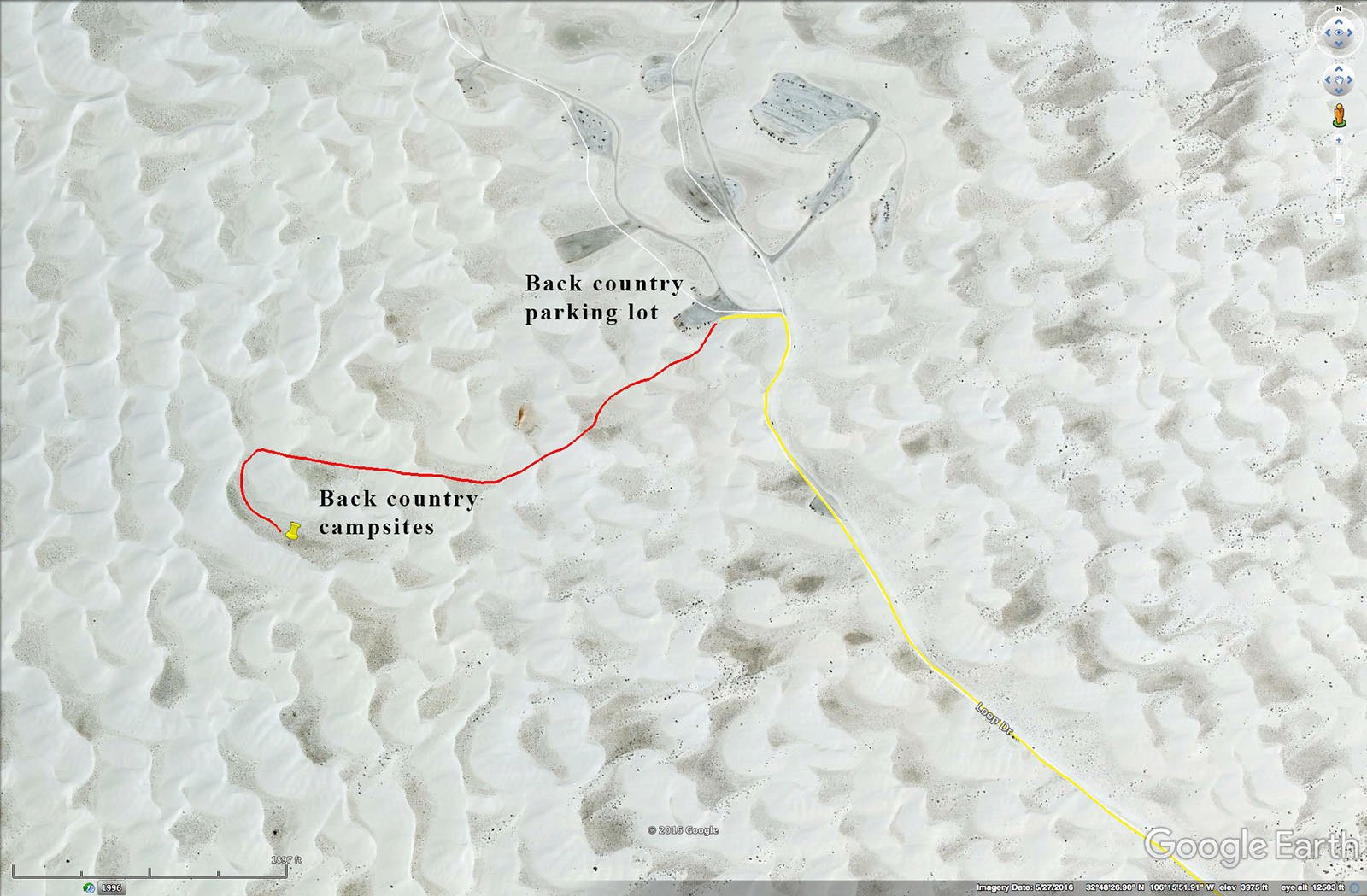White Sands
WHITE SANDS
Southern New Mexico
Image by Davide Nguyen @ www.davidnguyenphotos.com
White Sands - the slogan for White Sands is “Like No Place Else on Earth.” After visiting there several times, I would agree.
White sands is located in south central New Mexico and covers approximately 275 square miles of what seems to be endless white dunes. When you first arrive, it feels like you are on another planet: strange and truly magical. Ironically, the endless white dunes are not sand at all; they are made up of gypsum. Regardless, they provide truly out-of-this world landscapes and makes White Sands a photographer’s paradise.
It’s worth noting, if you are hoping that White Sands will provide enormous contiguous dunes with stacks and stacks of interesting shapes that just happen to be white, you will be disappointed. White Sands does provide interesting shapes of white sand (gypsum), but the dunes are not very tall (20-40ft.) and most dunes are in rows with gaps/valleys between each row. I am not saying this is bad, just different than the dunes of Death Valley or Great Sand Dunes National Park in Colorado.
Location summary by Tim Wier
Trail Difficulty - MODEST TO DIFFICULT
I would rate the difficulty of this trail as a 3 on a scale of 1-5 (with 5 being most difficult). To get to best places to shoot, you will need to hike 1-4 miles deep into the White Sands. This can very taxing and it is easy to get lost and/or disorientated in these dunes, and there are very few landmarks. I would highly suggest taking a GPS to make sure you can navigate your hike to a from the parking lot/campsites.
GPS Coordinates & Elevation
3,972ft Elevation
Google Earth
Directions
CLICK HERE to get driving directions to the White Sands backcountry camping trailhead parking lot.
From Alamogordo: Drive southwest on US-70 W/White Sands Blvd. for 13.5 miles until you get to Dunes Dr. Take a right and the visitors’ center is directly in front of you. I would suggest stopping in the visitors’ center to get a map and recommendations from the park rangers.
SPECIAL NOTE: The overnight camping area may be closed from time to time due to a missile shoot from the White Sands Missile Range. The people at the White Sands Visitor Center (575) 479-6124 usually know about the shoots a couple of days ahead of time, so a call to them in advance may be worthwhile.
Just past the visitors’ center are the entry gates. From the entry gates, the primitive campsite area is 6 miles. The shot above was taken in the primitive campsite about a mile northwest from the parking lot. Because the dunes shift constantly, there is no way to provide the exact route.
Photography Tips
What makes White Sands unique is the color of the sand (it is really gypsum not quartz sand), which is intriguing. The contrasting white dunes with the mountains, sky, and plants can create surreal photographic opportunities.
That being said, the dunes at White Sands are challenging to photograph for the following reasons: 1) They are not very tall (20-40ft. for most), 2) Most dunes have gaps between rows, so you won’t find a classic stack of dunes layered into the sunset, 3) You don’t find as many S shapes in the formations, and 4) Unless you get deep into the dunes, you will find footprints everywhere.
Another challenge is much of the park has cactus (yucca plant) and other vegetation growing in the dunes. So if you are looking for a flowing, layered abstract, you will need to scout deep into the dunes.
EXIF Data
Focal Length – 35 mm
Exposure – 60th sec @ f 8.0
ISO – 100
Date – April 14th
Time – 5:45 pm
Other Images From This Location
Best Time of Day to Shoot
The dunes at White Sands can be photographed any time of day (depending on what you are looking for). However, most photographers shoot at either sunset or sunrise.
The image below was shot after sunset by Rob Strain.
Best Time of Year
You can shoot White Sands really anytime of year, as the dunes really are not affected by the seasons. However, the temperatures in the summer can be extreme and would not be my recommendation. I normally like to go in the winter months, because the number of visitors (and footprints) is much fewer. If you are in White Sands in the summer, make sure you hydrate continuously and provide maximum protection sunscreen as the radiant heat off of the sands can cause serious burns.
Lens(es) Needed
The dunes at White Sands are not very high compared to other dunes in the country. Bring lenses that range from ultra wide to short telephoto.
Birds-Eye View From Google Earth Pro
Permits
As of the writing of the summary (Dec 2022), the entry fee was $35 per vehicle. Once in the park, there are no other permits required.
Permits are required for overnight stay. You need to signup for overnight camping at visitor center.
Direction of the Shot
If you hike to the deep into the dunes at White Sands you will be shooting at all directions.
Equipment Needed
In my opinion, it is a must to have a GPS or at least a reliable compass, as it is easy to get lost and/or disorientated in these dunes, and there are very few landmarks. (Take this seriously.)
A tripod is not necessary during the day, but is needed for low light shots. You would benefit from a polarizer and blower to clean your equipment. Also, make sure you bring a hat, sunscreen, and plenty of water/Gatorade.
Number of Other Photographers to Expect
Depending on the time of year and the time of day, you will either find yourself in a sea of tourists or be all alone on the dunes.
The park does not open until after sunrise, so if you campout in White Sands you will have the dunes to yourself in the early morning.
Weather
The weather at White Sands can be VERY hot in summer, with average highs in the upper 90s. The fall and spring are mild during the day and cold at night. The winters are cool in the days and 20s or teens at night.
It’s very important to remember that the temperature drops significantly (30-40°) from mid-day to night.
Cell Service
I use Verizon, and there is limited cell service in White Sands. There is stronger cell service once you get back to the main highway.
Overnight Camping Options
The only lodging in the park are the primitive campgrounds 1 mile from the Back Country Campsite parking lot. When I say primitive, I mean primitive. There are absolutely no resources; no water, no restrooms (except by the parking lot), no tables, no chairs, no fire pits, and no Starbucks. It is just ground designated as a camping area. No RV’s and no car camping! For uses of the primitive campgrounds, a new permit is required for each night of camping. You have to pack up, go out, get new permit, then go back in.
If you want to shoot sunrise, the park gates open at 7am (which can be after sunrise). The visitor center can also arrange for after-hours photography (and early morning) for a fee ($50/hour in 2018). This maybe an option for those who want to shoot sunset/sunrise, but don't want to camp in the dunes.
VERY IMPORTANT: exiting the park on time is mandatory or you can get locked in! The gates close about half an hour after sunset.
There are plenty of lodging and other campsites in Alamogordo, NM.
Nearby camping and lodging
Camping - click on the campground below for directions
White Sands Backcountry Primitive Camping
Lodging - click on the lodging below for a TripAdvisor review
Super 8 Alamogordo
(575) 434-4205
3204 N White Sands Blvd, Alamogordo, NM
Hampton Inn Alamogordo
(575) 439-1782
1295 Hamilton Rd, Alamogordo, NM
Fairfield Inn & Suites Alamogordo
(575) 437-4000
300 Panorama Blvd, Alamogordo, NM
Area Guides and Workshops
A GREAT resource for photographing White Sands (and all things sand dunes) is the “How to Photograph Sand Dunes of the American Southwest” written by Rob Strain. This 188 page e-book provides great information on planning your trip to the dunes, composition, safety, checklist for equipment, post processing and maps to White Sand and 11 other sands dunes in the US.
A must have when shooting dunes. ..



